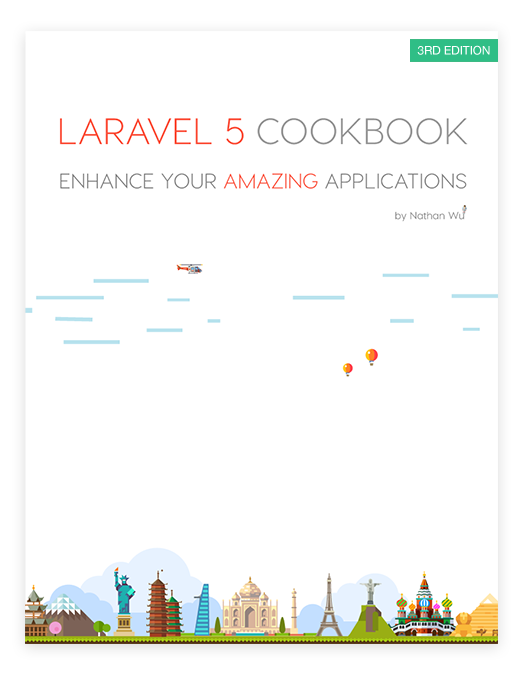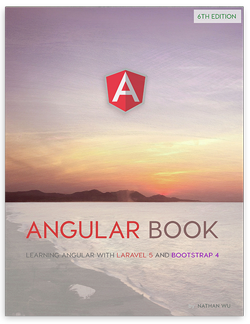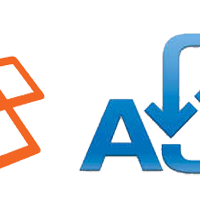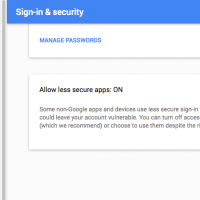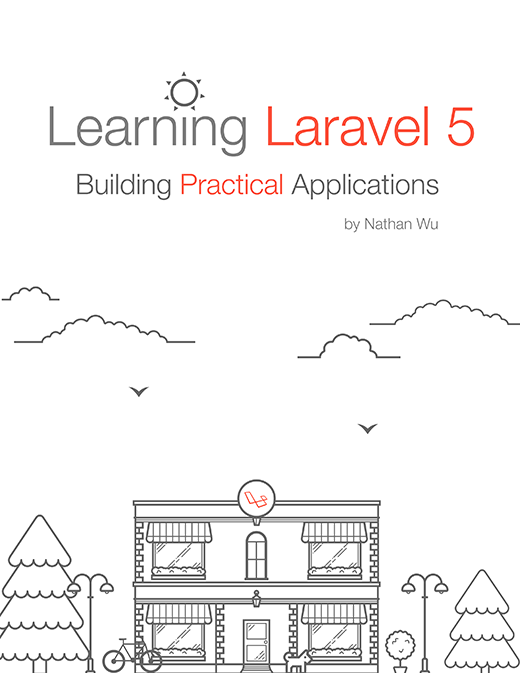Learn PHP 7, Find out What’s New, and More
PHP 7, the next version of the world’s most popular programming language, has been released. We’d love to shoot fireworks and get drunk with our newfound power (seriously, the language is in the true big leagues now, functionality and performance-wise) but we’re sure the rest of the internet will do this for us. Instead, we’ll focus on compiling a (perpetually up to date) list of resources to get started with version 7 – posts describing what’s new, books helping you kick things off, and more. Let’s get to it!
What Happened to PHP 6?
When told the next major version is 7 while we’ve been developing on 5+ so far, many wonder what happened to version 6. It’s a long story, so to avoid looking confused when this is brought up, here are some interesting discussions and posts as required reading:
https://philsturgeon.uk/php/2014/07/23/neverending-muppet-debate-of-php-6-v-php-7/
https://news.ycombinator.com/item?id=8786919
In short, the unicode problems that were supposed to be solved in version 6 ultimately failed, with too many added complications, and this kind of ruined things for everyone. It was decided that version 6’s rep was too damaged to keep it alive, and a move to PHP 7 was made.
New Features
We’ve spoken about the new features briefly before, but here’s a more comprehensive list of links to information about them – now’s the time to dive in and get ready.
Link:
This post is submitted by our members. Submit a new post.
Tags: News Laravel 5 Laravel 5.1




